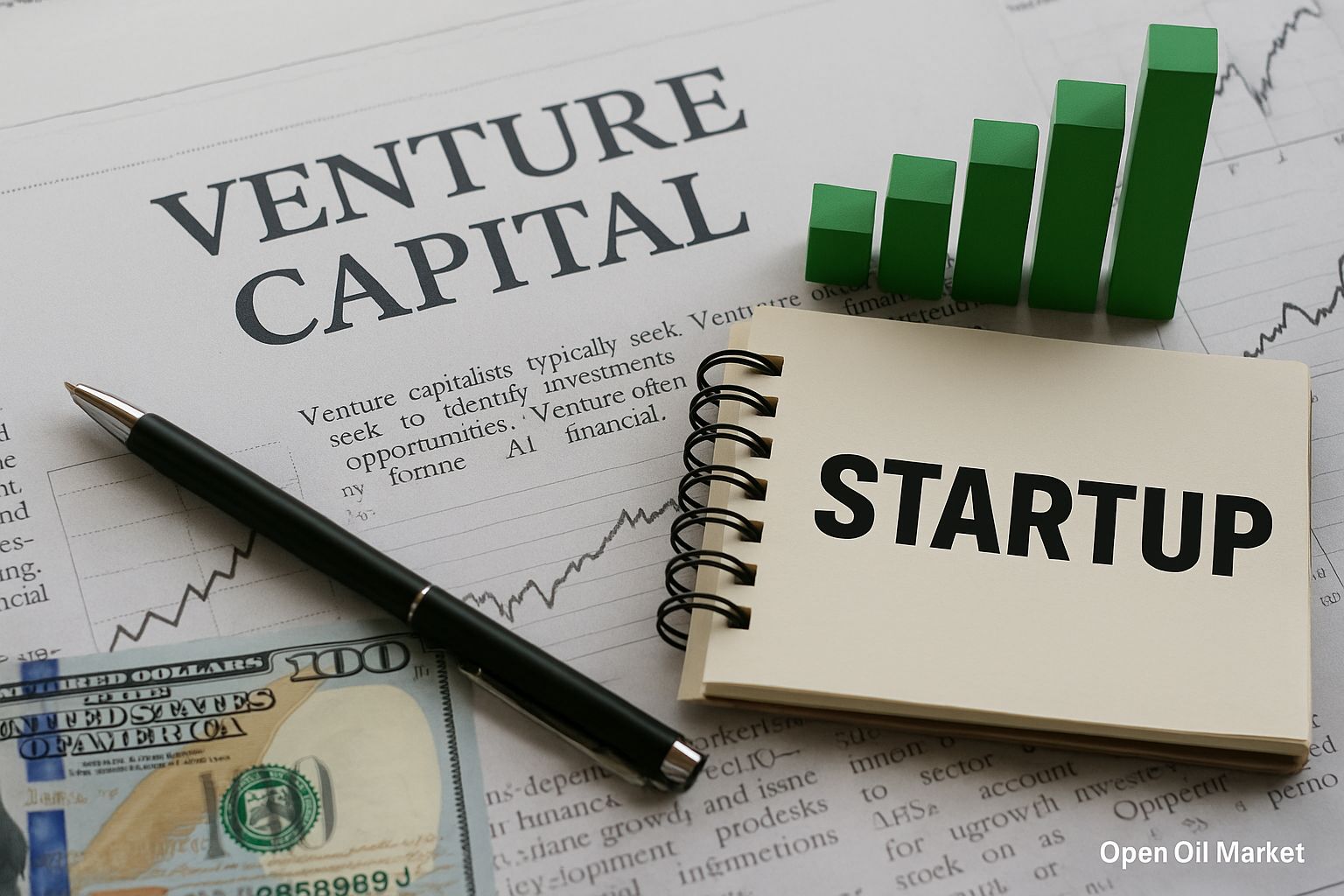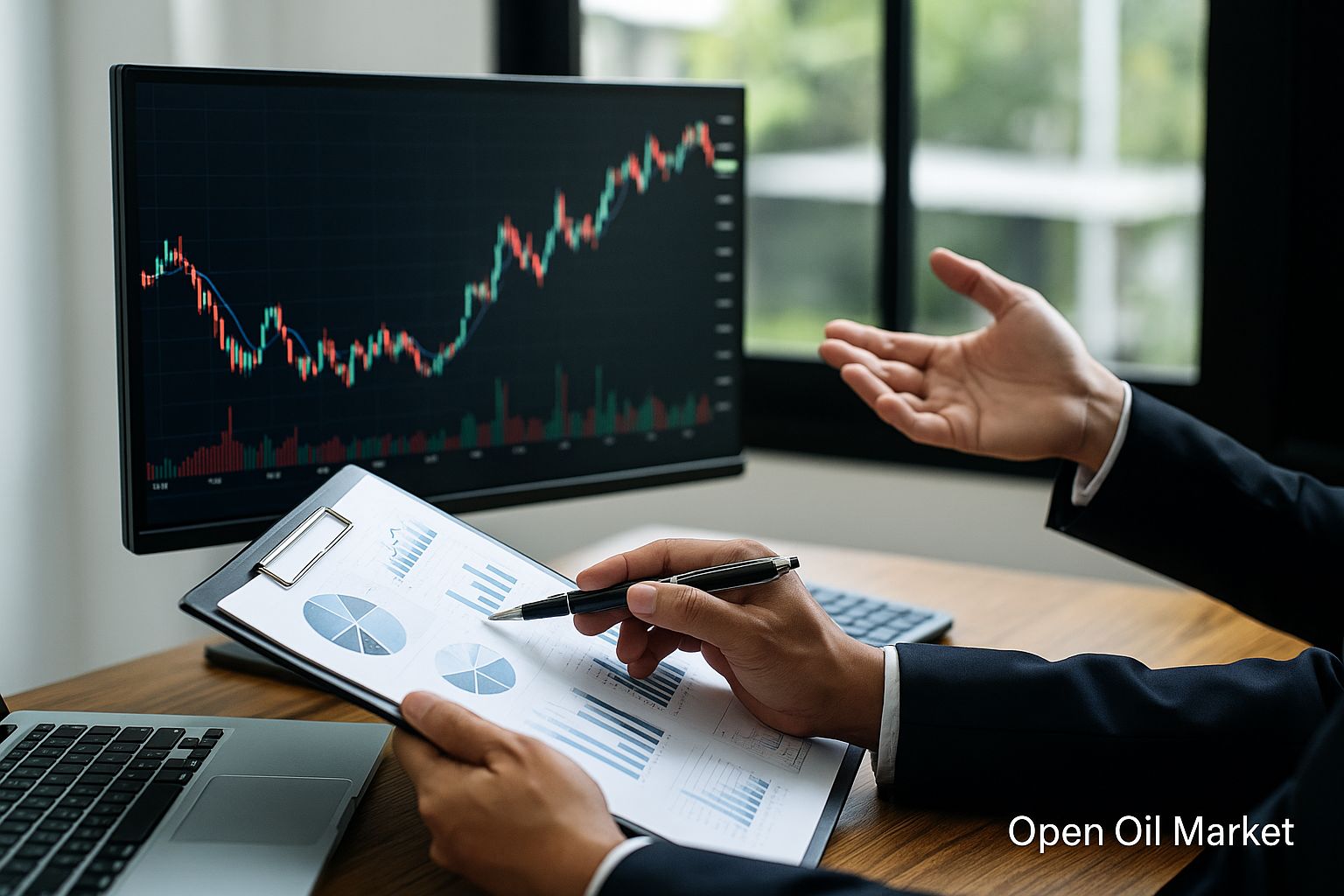
Startup and Venture Investment Overview as of September 14, 2025: Successful IPOs for Gemini, Figure, and Via, Mega Rounds in AI and Quantum Technologies, the Mistral–ASML Deal in Europe, New Funds in Africa and the Middle East. Analysis and Prospects for CIS Investors.
The fall of 2025 is marked by a new surge in the global startup and venture capital market. Following a prolonged downturn, investors are once again actively funneling funds into technology companies across all stages—from seed financing to IPOs. Preliminary estimates indicate that in the first half of 2025, North American startups attracted approximately $145 billion, a 43% increase year-on-year and the highest amount since 2021. Improved macroeconomic conditions and a growing interest in innovation have bolstered confidence in the market: deals are becoming larger and encompass all sectors—from artificial intelligence and fintech to biotechnology and defense. At the same time, investors are adopting a more selective approach to project selection, investing in the most promising directions.
The Return of Mega Funds: Big Money is Back in Play
Major venture investors are returning to the market with record-sized funds, signaling a renewed appetite for risk. Japan's SoftBank is launching the third Vision Fund, valued at approximately $40 billion, focused on cutting-edge technologies (with an emphasis on artificial intelligence and robotics). Sovereign funds from the Gulf countries have also ramped up activity: oil dollars are being directed toward technology initiatives, creating local "tech hubs" in the Middle East. Simultaneously, new funds are emerging globally, attracting significant institutional capital for startup investments.
- Veritas Capital IX — $14.4 billion. An American fund specializing in technology and defense has raised a record amount of capital, confirming large investors' trust.
- Great Hill Partners IX — $7 billion. One of the largest growth funds focused on technology companies significantly exceeded its target size at the closing of the new fund.
The return of "mega funds" signifies an increase in the volume of available capital (“dry powder”) in the market. This intensifies competition for the best startups and maintains high valuations for fast-growing companies. The presence of large institutional players instills confidence in the industry for ongoing capital inflows.
Record Rounds and a New Wave of Unicorns
Artificial intelligence and other advanced technologies remain the primary drivers of the venture upturn. Investors are directing unprecedented amounts into the most promising projects, shaping a generation of new "unicorns" – startups valued at over $1 billion. In early September, several large deals confirmed this trend:
- OpenAI (USA) — $8.3 billion in funding at a valuation of approximately $300 billion. In collaboration with Microsoft, the company is spinning off its commercial division to attract new capital and prepare for an IPO.
- Mistral AI (France) — €1.7 billion. The French startup raised a record round for the EU, raising its valuation to €11.7 billion; the leading investor was ASML Corporation.
- PsiQuantum (USA) — $1 billion. The quantum startup secured the largest funding in its segment, valued at around $7 billion, confirming investor readiness to bet on technologies beyond pure AI.
Such mega rounds accelerate the emergence of new technological leaders. While experts warn of the risk of overheating, the appetite for AI projects remains high. Investments are being made not only in AI products but also in infrastructure—ranging from specialized chips and cloud platforms to data storage solutions essential for scaling the AI ecosystem.
The IPO Market is Reviving: Startups Go Public
Following a lull in 2022–2023, the window for public offerings has reopened. Successful IPOs from several technology companies have demonstrated that investors are willing to purchase shares of startups at high valuations. This wave of stock market debuts strengthens venture funds' faith in the possibility of profitable exits from investments.
- Chime — an American fintech unicorn (neobank) went public on Nasdaq in June; shares rose by 30% on the first day of trading, affirming strong demand for the fintech business.
- Klarna — the Swedish fintech giant became one of the first European unicorns on the NYSE. Shares were sold at prices above forecasts, and within the first hours of trading, the stock price increased by over 25%.
The success of these offerings indicates a return of liquidity. Following them, other "unicorns" are preparing for IPOs—from the American payment service Stripe to highly-valued AI startups. The revival of stock market activity is crucial for the ecosystem: investors achieve exits, and the released capital is reinvested into a new generation of projects.
A Wave of Mergers and Acquisitions
High valuations and stiff competition are driving a new wave of consolidation. Major technology companies are willing to spend billions on strategic acquisitions to strengthen their positions. The largest M&A deals in recent months illustrate this trend:
- Google ↦ Wiz — ~$32 billion. Alphabet Corporation acquired the Israeli cloud cybersecurity startup to enhance data protection.
- SoftBank ↦ Ampere — ~$6.5 billion. The Japanese holding acquired American chip developer Ampere Computing to expand its presence in the server chip segment.
The activation of M&A is changing the industry landscape. Mature startups are merging or becoming targets for corporations. For venture funds, these represent new exit opportunities through the sale of companies. Consolidation also helps cleanse the market of excessive players and channel resources into the most promising projects.
Diversification: Fintech, Biotech, and Green Technologies
Despite the dominance of AI, venture investors are diversifying investments into other sectors. After a downturn, fintech is reviving: major fintech companies are once again attracting significant sums and establishing partnerships with banks. There is a growing interest in climate technologies—from renewable energy and energy storage to electric transportation and carbon reduction projects. The biotechnology sector is also active: for instance, the startup Kriya Therapeutics raised $320 million, while Odyssey Therapeutics secured $213 million (both in Series D rounds).
Expanding the sector focus makes the venture market more resilient. Capital inflows into fintech, green projects, biotech, and other areas mitigate the risk of overheating in specific niches. Investors are looking for new growth points beyond AI, leading to a proliferation of promising startups across various fields.
A Renaissance for the Crypto Industry
The digital asset market is experiencing a resurgence in the second half of 2025. Bitcoin has first surpassed $110,000, setting a new record, and this rise has rekindled venture funds' interest in blockchain startups. Just a year ago, the sector was suffering from a crisis of trust and strict regulation, but the new rally has changed the sentiment.
Funds that had paused investments in crypto projects are once again showing interest in the industry. Significant deals and even IPOs are being recorded: fintech company Circle conducted an IPO, and cryptocurrency exchange Gemini received $50 million from Nasdaq Ventures ahead of its public offering. Even the largest institutional investors signal confidence—investment giant BlackRock launched an exchange-traded fund based on Bitcoin. All of this indicates that the blockchain industry is once again being perceived as a promising direction.
Defense Technologies and Space
Geopolitical tensions have led to a sharp increase in investments in defense technologies. Investments in defense-tech have multiplied, and major rounds (such as ~$2.5 billion for startup Anduril) confirm interest in autonomous systems. Investors and governments are funding projects ranging from drones and cybersecurity to space programs. The fields of security and space have become a new priority for venture capital, promising not only commercial returns but also strategic benefits.
Global Expansion of Venture Capital
The venture investment boom in 2025 is global in nature. Beyond Silicon Valley, New York, and London, significant rounds are occurring in new regions for the industry. The regional diversity of the startup ecosystem is increasing, with investors exploring opportunities worldwide:
- Middle East — The Gulf countries, through sovereign funds, are investing billions of dollars in technology (startups in the region attracted ~$2 billion in the first half of 2025, +130% year-on-year). The UAE and Saudi Arabia are producing their own "unicorns," and Dubai has become a capital attraction hub.
- India and Southeast Asia — The startup boom continues in India, and there is rapid growth in Southeast Asia. International funds are investing: IFC invested $137 million in a project for electric buses in India, while major funds are increasing their funding for Indian AI startups. In Southeast Asia, deals are taking place in e-commerce, fintech, and edtech.
The venture ecosystem is becoming geographically more distributed. New innovation centers are gaining strength globally—promising startups can emerge anywhere from Dubai and Bangalore to Lagos and Mexico City. For investors, this expands the horizons of search and opens new growth points across the planet.
Russia and the CIS: Local Trends
The startup scene in Russia and the CIS countries is evolving in parallel with global trends, despite geopolitical constraints. In 2025, new funds and initiatives for supporting innovation have emerged in the region:
- New funds: A private fund Nova VC has launched in Russia (capital ~10 billion rubles), and an industry venture fund (~5 billion rubles) has been established in Tatarstan to finance regional projects.
- Government support: Authorities are discussing a law on venture investments. Among the goals is to double R&D spending by 2030 (to ~2% of GDP) to stimulate the emergence of new technologies.
- International success: Despite sanctions, teams from the CIS are attracting capital abroad. For example, the service Vocal Image, founded by émigrés from Belarus and operating in Estonia, received ~$3.6 million from a European fund.
Although the scale of the regional market still lags behind global figures, all elements of the ecosystem are forming: local funds, accelerators, government programs, and links to foreign investors. This creates a foundation for the emergence of homegrown "unicorns" and the integration of CIS startups into the global technological agenda.




